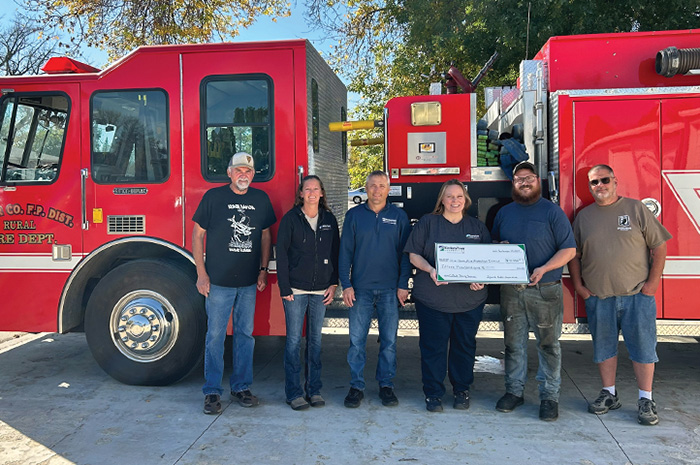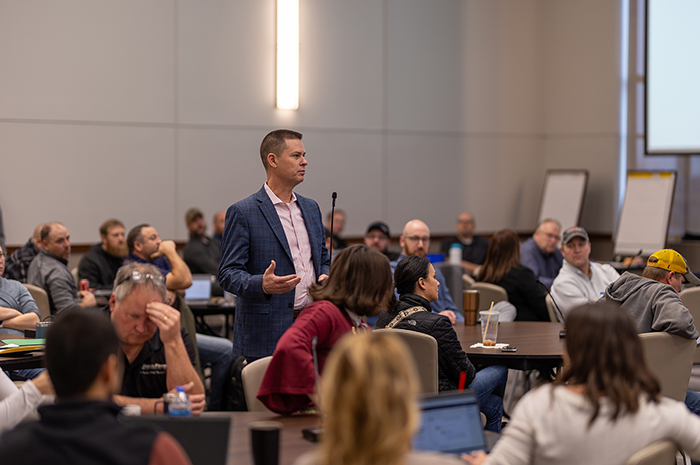Congestion control
Demand response is key to managing rush hour on the region’s electric system.
Imagine you’re stuck in rush hour traffic.
It’s gridlock.
No one is moving.
What if you could make many of the cars around you disappear?
When Minnkota Power Cooperative and its members run into their own version of rush hour, they have the ability to remove more than one-third of the demand from the electric superhighway. It’s part of a program referred to as demand response, and over the last four decades, it has helped strengthen the reliability of the grid, while saving member-consumers millions of dollars in the process.
Energy rush hours occur when people across the region are using significant amounts of electricity at the same time. Early-morning hours, when people often start their day, and evening hours, when people return to their homes after work, are common times for these high energy demand periods. Extreme weather events that require heating and cooling systems to run continuously can further drive demand for electricity above the available supply.
Just as cities don’t build new highway systems to accommodate a few hours of traffic, Minnkota doesn’t build additional power plants for the times each year when electricity demand reaches its peak.
There is a better way.
If Minnkota is not able to economically purchase the additional energy it needs from the regional market or another utility, the cooperative’s demand response system is launched into action. Electricity consumers in the region voluntarily sign up for the program, which allows Minnkota to temporarily turn off electric heating, water heating, vehicle chargers and commercial account service. During these “control periods,” most consumers are automatically switched to a backup heating system or generator.
The savings from not having to purchase additional power and avoiding energy rush hours are passed on to consumers through a lower electric rate – a true win-win.
The program is popular with nearly 55,000 consumers participating across eastern North Dakota and northwestern Minnesota. About 350 megawatts – or one-third of Minnkota’s peak load – can be interrupted through demand response, allowing decongested travels on electric avenue.
How does it work?
The demand response system is launched from Minnkota’s energy control center in Grand Forks. Power system operators use computers to send tens of thousands of electronic signals through Minnkota’s power delivery system and into distribution power lines. Receivers plugged into standard electrical current at consumer homes and businesses can read the signals, and when the appropriate message is sent, the receivers interrupt the electric power flowing to a water heater, electric heating system or other controlled load. When control is no longer needed, a signal is sent to turn the electric system back on.

Based on metering and market conditions, Minnkota’s system operators and energy marketers know when a peak load period is approaching. Depending on the amount by which Minnkota needs to reduce the peak, the operators choose various groups of controlled load and turn them off using the demand response system.
Timing matters
Consumers often focus on how much electricity they use, but when they use electricity is just as important. While usage fluctuates during the day, demand response helps encourage the wise use of electricity by shifting demand from “on-peak hours” to “off-peak hours.” Using less on-peak power means lower costs for the co-op – and ultimately, lower rates for members.
The Minnkota demand response program could not be a success without widespread support from the member cooperatives and associated municipals. Residential and business consumers also endorse the program because they understand it has been developed to provide them with the most value for their energy dollar.
...



